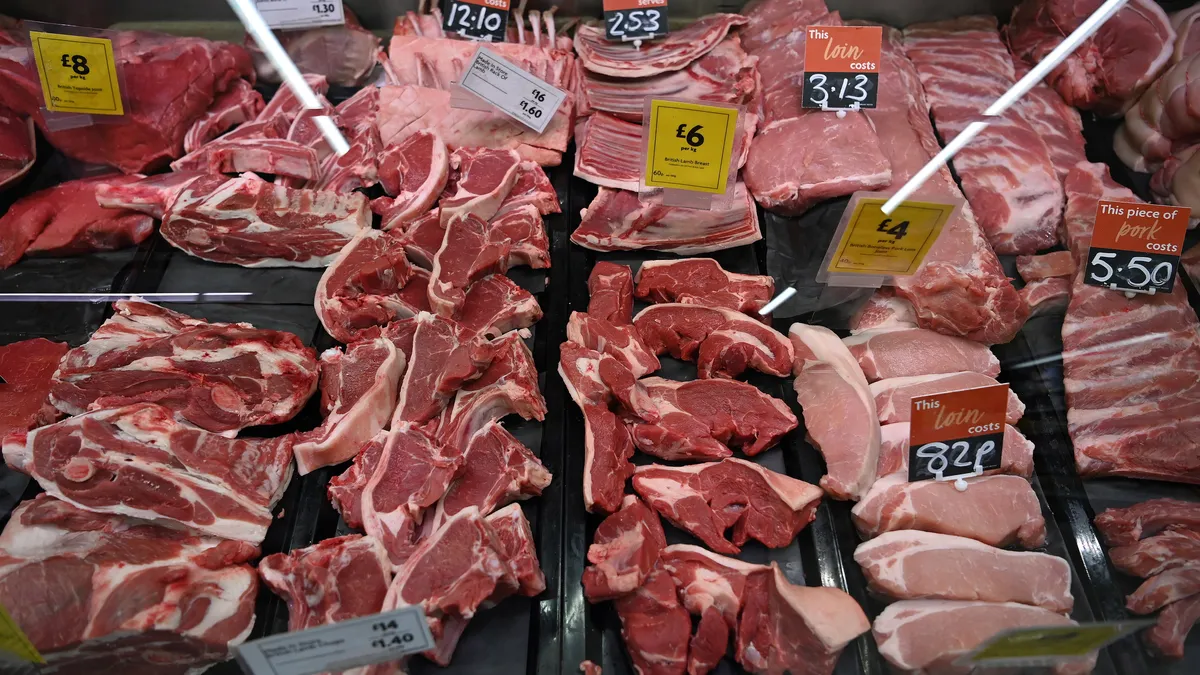If you're struggling with hair loss, there are steps you can take to tackle the problem, experts say.
When your locks aren't looking so luscious, it's certainly cause for concern. Thinning strands or stunted growth can be troublesome, but what causes it?
There could be several culprits, such as hormonal changes, excessive strain on the scalp with elaborate hairstyles, and even serious health issues like thyroid disease or autoimmune disorders.
According to the National Health Service (NHS), it's normal to drop 50 to 100 strands a day, but if you're worried about your hair falling out, you should consult your GP first.
In the quest for Rapunzel's hair, diet is also important. Before you reach for the supplements or magic potions, an NHS expert suggests getting a blood test to check your ferritin levels, which affect hair growth.
In a popular video posted on TikTok, Dr. Shirin said there is a healthy range that ferritin levels should be in for hair growth, and if they are too low, you can change your diet to raise them.
The doctor made her TikTok post after visiting a trichologist about her hair. She said many of the things they told her were new to her - they weren't taught in medical school - and even the blood test surprised her.
"The first thing they told me to do that I knew about was a blood test to check specific things in my blood that could affect my hair. The most important thing in women of childbearing age is the ferritin level. But what I didn't know about ferritin is that as a general practitioner, any level between 13 and 150 is considered normal, but for hair growth you want that level to be between 60 and 80. So if your hair is falling out or thin, and you've had a 'normal' blood test for ferritin, it's always worth checking with your GP," said Shireen.
To boost ferritin levels, which are crucial for hair growth, incorporating iron-rich foods into your diet can be beneficial. For those who consume meat and animal products, red meat, oysters and eggs are excellent choices.
An easy way to boost ferritin levels is by switching to an iron and vitamin-fortified breakfast cereal. In addition, dark green leafy vegetables such as spinach, kale and broccoli, as well as lentils, beans, tofu and raisins are good sources of iron. | BGNES

 Breaking news
Breaking news
 Europe
Europe
 Bulgaria
Bulgaria







